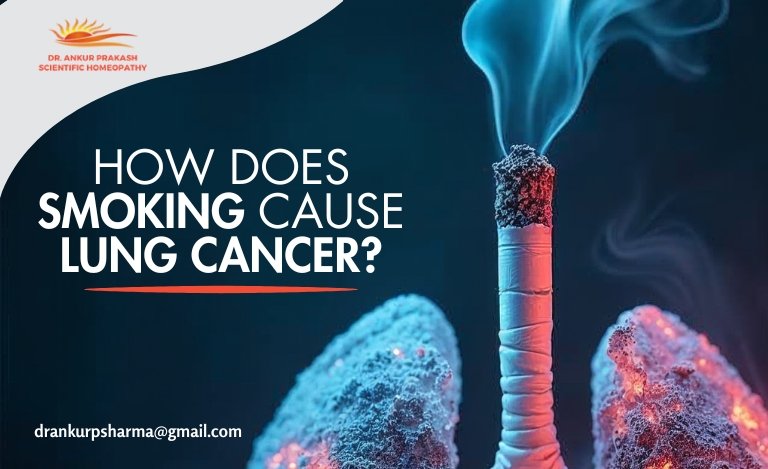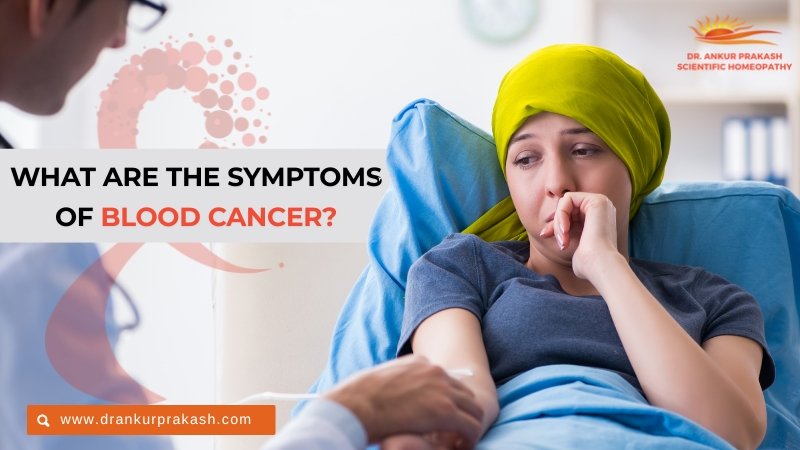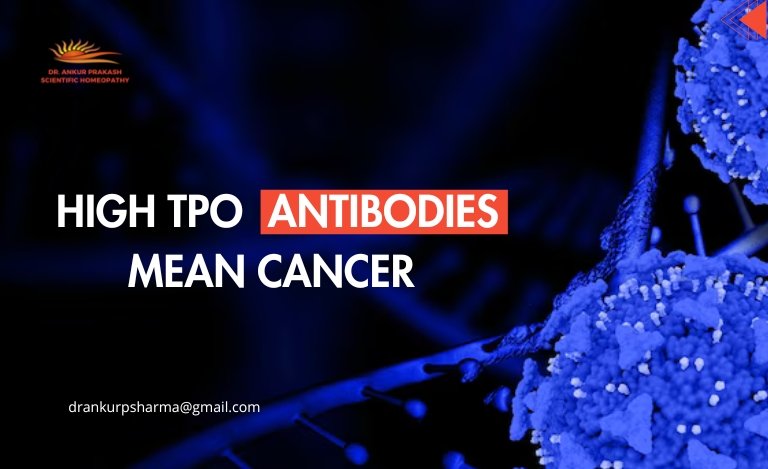Lung cancer is one of the leading causes of death worldwide, and smoking is the primary factor responsible for its development. While many people are aware that smoking is harmful to their health, not everyone fully understands how smoking leads to lung carcinoma. In this blog, we’ll explore the connection between smoking and lung carcinoma in simple terms. We’ll discuss the harmful substances in cigarettes, how they affect your lungs, and why smoking is such a major risk factor for this deadly disease. By understanding the process, you can make informed choices to protect your health and reduce your risk of lung carcinoma.
Smoking Cause Lung Cancer
The link between smoking and lung carcinoma is undeniable, yet many people still underestimate how dangerous smoking can be. Smoking is the leading cause of lung carcinoma, responsible for around 85% of cases globally. Every time you inhale cigarette smoke, you’re introducing harmful chemicals into your lungs, which over time can damage healthy cells and lead to cancer.
When you smoke, the toxic substances in the smoke harm the DNA in lung cells. This damage disrupts the normal growth and function of these cells, causing them to grow uncontrollably, eventually forming tumors. The more years you smoke, the higher your risk of smoking lung carcinoma. It’s not just the smoker who’s at risk; secondhand smoke also increases the chances of lung cancer for those exposed to it.
Quitting smoking, even after years of use, can significantly lower your risk of developing lung carcinoma. Your lungs start healing almost immediately after you quit, and over time, your chances of developing lung carcinoma decrease. The sooner you quit, the better for your long-term health. By understanding the risks of smoking and lung carcinoma, we can take proactive steps to protect ourselves and encourage those around us to quit for a healthier life.
The Stages of Lung Cancer
Understanding the stages of lung cancer is crucial for early detection and treatment. Lung carcinoma develops in distinct stages, with each stage reflecting the extent of cancer’s spread. Here’s a simple breakdown of the stages:
Stage 0 (In Situ): At this early stage, the cancer is limited to the inner lining of the lung and has not spread. It’s often referred to as “in situ” cancer and is highly treatable.
Stage I: The tumor is localized in one lung and has not spread to lymph nodes or other parts of the body. This stage is also considered early and is typically treated with surgery or radiation.
Stage II: At this stage, the tumor may have spread to nearby lymph nodes or the chest wall but remains confined to the lungs. Treatment often includes surgery, chemotherapy, or radiation.
Stage III: Cancer has spread to nearby lymph nodes and possibly to other structures in the chest, such as the diaphragm or heart. Treatment becomes more complex, usually involving a combination of chemotherapy, radiation, and possibly surgery.
Stage IV: In this advanced stage, cancer has spread to other parts of the body, such as the liver, brain, or bones. Treatment focuses on improving quality of life and controlling the spread of lung carcinoma.
The Toxic Chemicals in Cigarette Smoke
Cigarette smoke is made up of over 7,000 chemicals, many of which are toxic and can cause serious harm to the body, especially the lungs. These harmful substances not only affect smokers but also those exposed to secondhand smoke. Here’s a look at some of the most dangerous chemicals found in cigarette smoke and how they contribute to health problems like lung carcinoma:
1. Nicotine: This is the addictive substance in cigarettes. While nicotine itself isn’t directly responsible for cancer, it makes quitting smoking difficult, leading to prolonged exposure to harmful chemicals.
2. Tar: This sticky substance forms when tobacco is burned and is filled with carcinogens. Tar coats the lungs and is a major contributor to the development of lung carcinoma and other respiratory issues.
3. Formaldehyde: Often used as a preservative in funeral homes, formaldehyde is a known carcinogen found in cigarette smoke. It can damage lung tissue and increase the risk of cancer.
4. Benzene: A toxic chemical also found in gasoline, benzene is linked to leukemia and other cancers, making it one of the most dangerous chemicals in cigarette smoke.
5. Arsenic: A poisonous substance commonly used in pesticides, arsenic is also present in cigarette smoke. It is known to contribute to lung carcinoma and other forms of cancer.
6. Carbon Monoxide: This odorless, colorless gas reduces the amount of oxygen in the blood, putting a strain on the heart and lungs. Long-term exposure can lead to heart disease and lung carcinoma.
These are just a few of the many toxic chemicals in cigarette smoke that contribute to the development of serious health conditions, including lung carcinoma. Quitting smoking is the best way to protect yourself from these dangers and improve overall health.
Why Smoking is the Leading Cause of Lung Cancer?
Smoking is the number one cause of lung cancer, and the reason for this is simple: cigarettes contain harmful chemicals that damage your lungs over time. When you smoke, you inhale thousands of toxic substances that directly affect the cells in your lungs. The chemicals in cigarette smoke can damage the DNA of these cells, leading to changes that cause them to grow uncontrollably—eventually forming cancer.
Each cigarette you smoke adds more damage, and the longer you smoke, the higher your risk of developing smoking lung carcinoma. These harmful chemicals not only affect the smoker but also those exposed to secondhand smoke. This is why lung carcinoma is so common among smokers and why quitting smoking is the most important step to protect your lungs.
The good news is that if you quit smoking, your lungs can begin to heal over time, and your risk of smoking lung cancer decreases. It’s never too late to stop, and the sooner you quit, the better your chances of staying healthy and cancer-free.
How Quitting Smoking Can Reduce Your Risk?
The good news is that quitting smoking, even after many years of smoking, can significantly reduce your risk of developing lung carcinoma. Within a few years of quitting, the body begins to repair itself, and the risk of lung cancer starts to decrease. Although it may never return to the level of someone who has never smoked, quitting still offers a major health benefit.
Here’s a timeline of how your body begins to heal after quitting smoking:
20 minutes: Your heart rate and blood pressure begin to drop to normal levels.
12 hours: Carbon monoxide levels in your blood return to normal.
2-3 weeks: Lung function improves, and blood circulation gets better.
1-9 months: Coughing and shortness of breath decrease.
5-15 years: Your risk of lung carcinoma drops by 50%.
Quitting smoking is one of the best things you can do for your health, and even if you’ve been smoking for years, it’s never too late to make the change.
FAQ:-
How Many Years of Smoking Causes Cancer?
There isn’t a set number of years, but the longer you smoke, the higher your risk of developing cancer. Even smoking for a few years can increase your chances, and the risk rises with each cigarette.
I Smoked One Cigarette Will I Get Cancer?
Smoking one cigarette doesn’t mean you will immediately get cancer, but it does increase your risk over time. The more you smoke, the higher the chances of developing cancer.

Dr. Ankur Prakash
Best Homeopathy Doctor in Agra.





